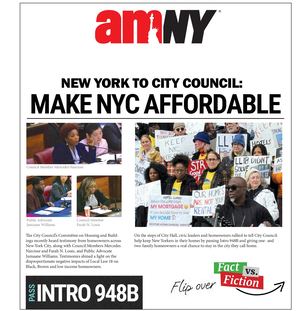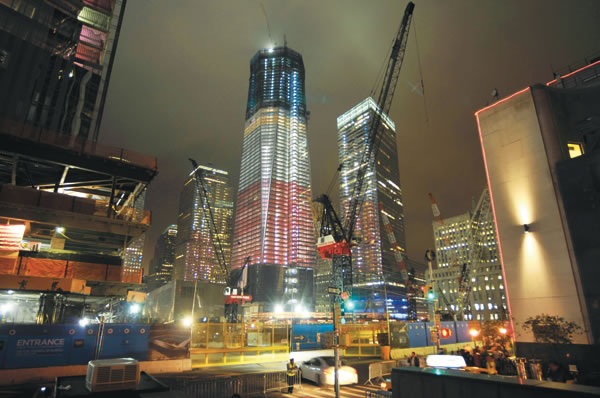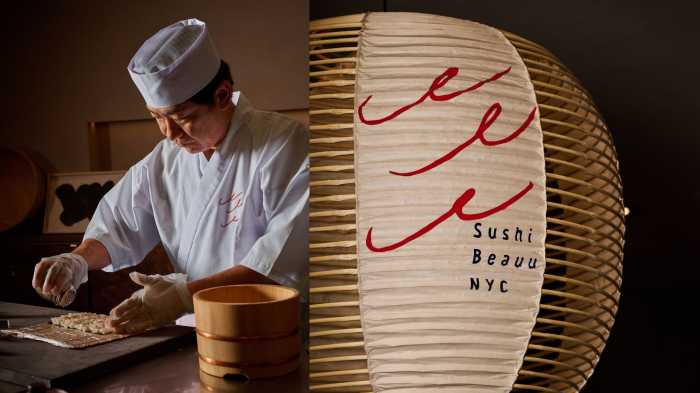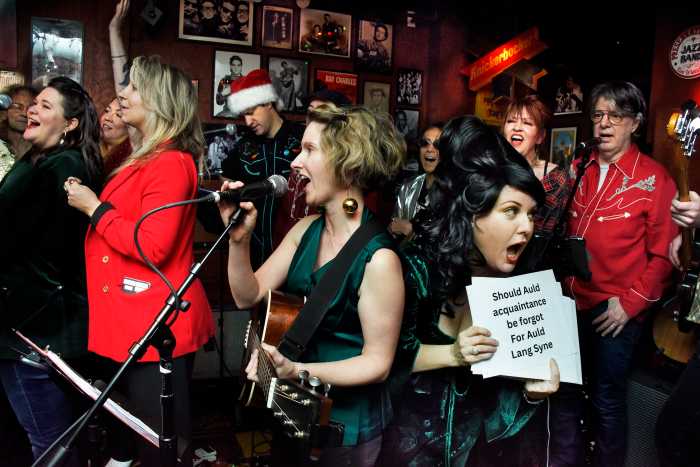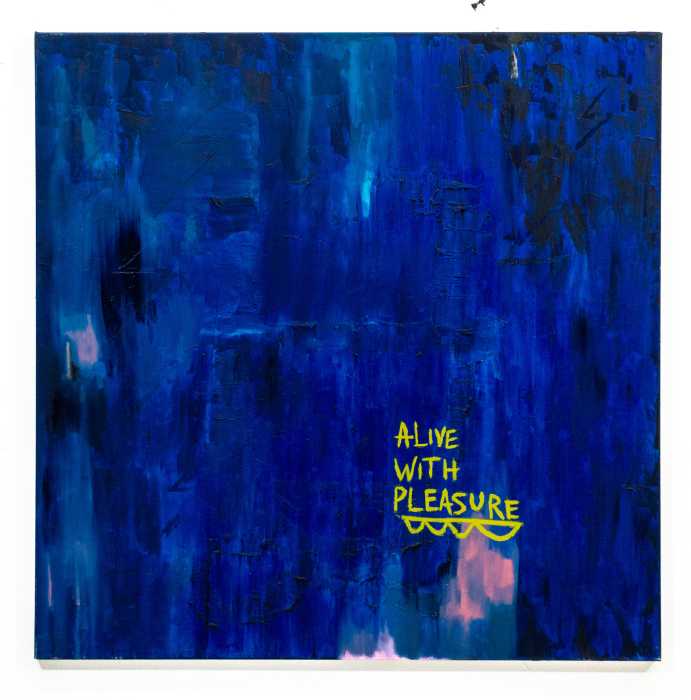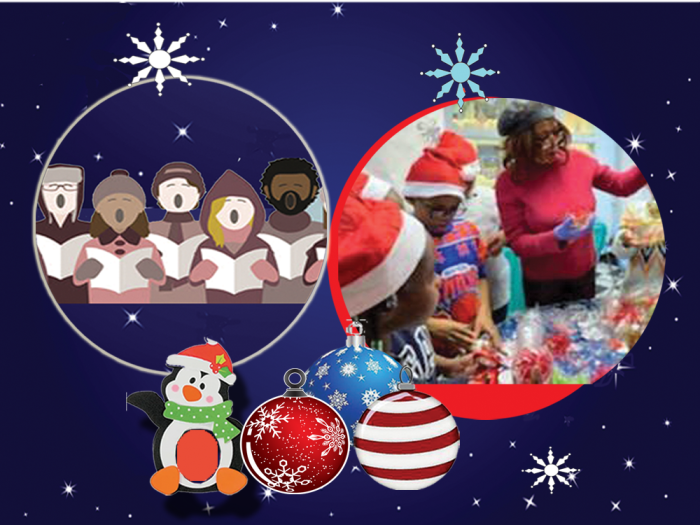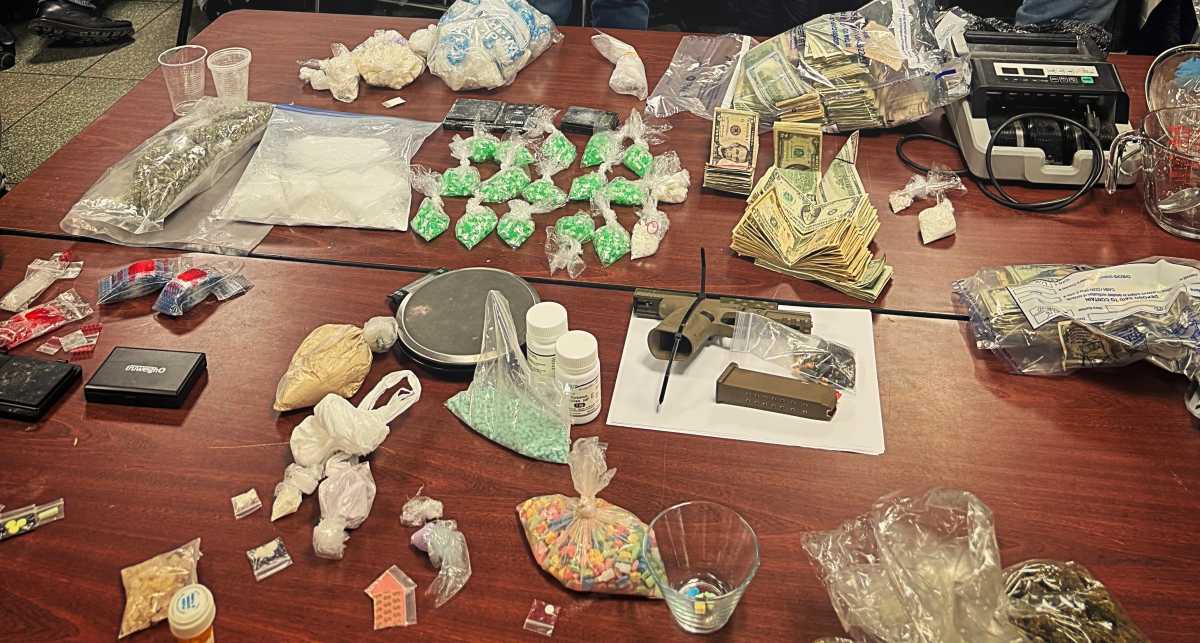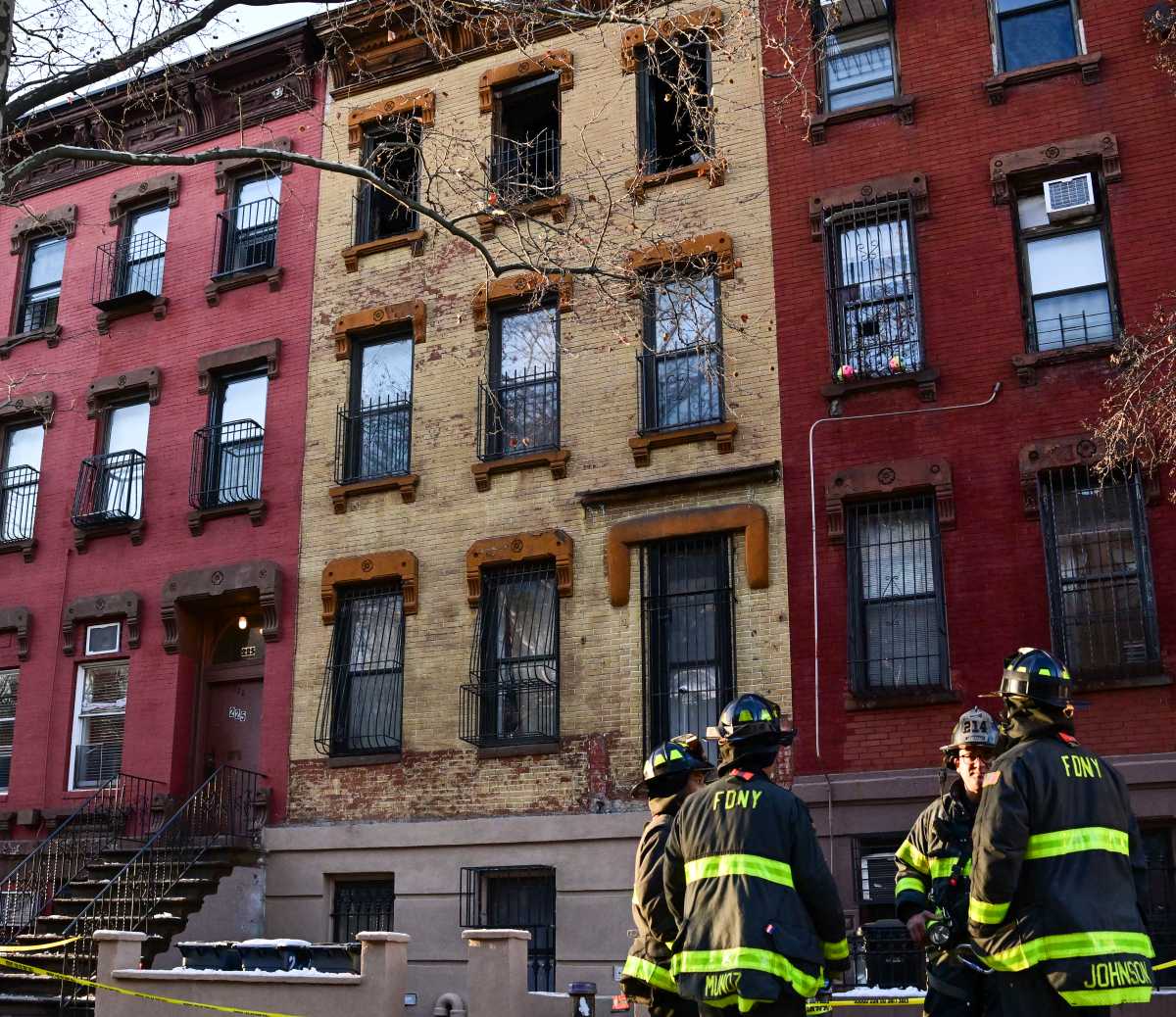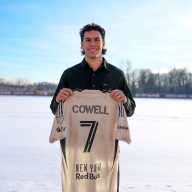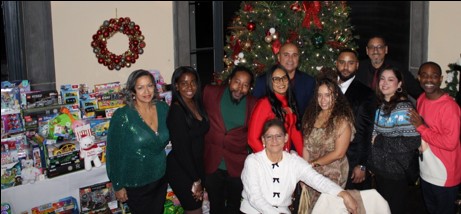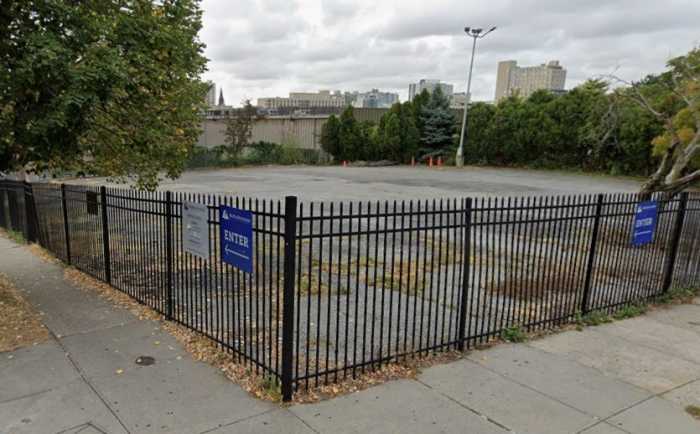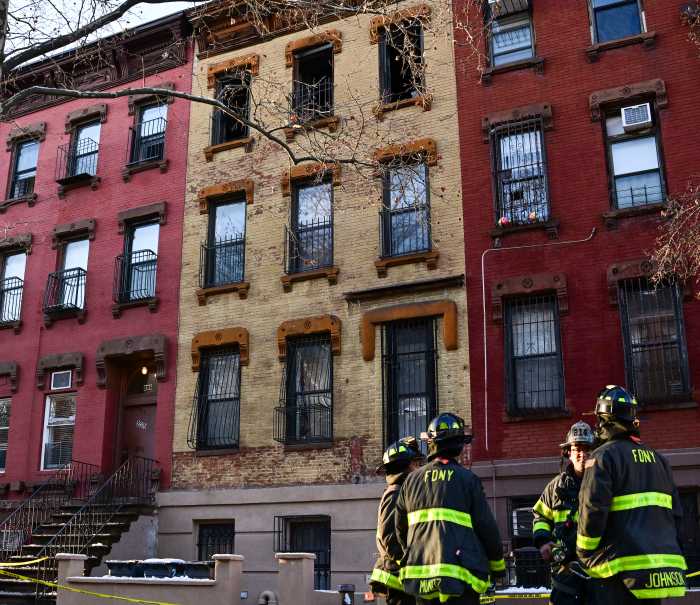By Lincoln Anderson
It was around 8:30 p.m. Sunday night and I was riding my 10-speed up the Hudson River Park bike path. I’d been down at Ground Zero catching what was left of the 10th anniversary of 9/11, down with the firefighters, tourists, 9/11 truthers, Jesus freaks, butoh dancers and everybody else.
Most of the family members had probably left by that time, I think; though I did see a woman sobbing in Zuccotti Park.
Actually, I was glad I got there in the late afternoon / early evening, because One World Trade Center looked so mesmerizing and soothing lit up in red, white and blue against the darkening sky. Really, I don’t think I’ve ever seen such a beautiful building. Just to the right of it, the Towers in Light beamed up to the heavens.
I figured I’d do one more interview and call it a night and noticed a small woman standing on the bike path’s shoulder photographing the luminous tower with her smartphone — an Android, not an iPad, which is for “artsy Williamsburg hipster types,” she insisted emphatically.
“I like the lights, and I heard they might not have it next year,” said Darya, from Queens. “You can’t get away from sentimentality — even though I’m not a sentimental person.”
For four months after the terror attack, she had volunteered supplying the rescue and recovery workers on The Pile with hot meals. She’d just come from a Ground Zero Food Services reunion at Gaslight bar in the Meatpacking District.
I told her I hadn’t made it for the official ceremonies earlier that morning, that I’d just been doing the usual weekend stuff, went to the beach Saturday, and that, to be honest, I was a little turned off by the “9/11 hype.”
“That’s because you’re not sentimental,” she explained.
Yeah, maybe she’s right, I thought. Then, for some reason, I told her that, to me, One World Trade Center and the Towers of Light, together, sort of symbolize the former Twin Towers — that the Towers of Light’s two beams almost looked like one solid tower from where we were standing in Tribeca, that they stood in for the missing Tower, and that now there were two again.
As I turned to look back over my shoulder at what I was describing, and saw that soaring skyscraper and its colored lights, a wave of emotion suddenly washed over me. It caught me completely by surprise. But I didn’t want to get all sentimental — especially not in front of unsentimental Darya.
We said goodbye and went our separate ways, she walking on down toward Ground Zero, me pedaling back up to the office.
****
Ten years ago on the morning of Sept. 11, I had been interviewing people at this very same spot on the bike path as they fled north away from the stricken Trade Center. The South Tower had just collapsed, and that was it — people weren’t sticking around anymore to see what would happen, they were getting out of there as fast as they could.
One woman I had spoken to had seen bodies falling past her window in the World Financial Center.
I had been watching the burning Towers, along with hundreds of others, from Chambers St. by the Battery Park City ball fields. I’d biked — on my same 10-speed — all the way down to Murray St. I was stupidly toting a disposable film camera, which I’d bought, thinking I was going to get some award-winning shot. Of course, all the freelance photographers that worked with us had already sped to the site; one was being evacuated into the Post Office building, another was fleeing for his life into the Brooklyn Battery Tunnel. But wanting to get a better photo with my dinky camera, and with Seven World Trade Center blocking my shot a bit, I decided to head west, which is how I ended up by the ball fields.
Coming down Seventh Ave. I’d passed St. Vincent’s Hospital where doctors in green scrubs, gurneys at the ready, stood out in the avenue, silently watching the spectacle of the burning Towers.
“They say the Mall’s on fire in Washington,” some guy announced as we stood at Chambers St. gazing at the Towers billowing smoke.
Suddenly, a woman — or maybe it was several women — screamed. I saw a long, huge sliver of the Tower’s corner, high up, break off from the building and slowly fall away into the air. The South Tower was blocked from our view because the buildings were on an angle, so we couldn’t really see what was happening apart from that one piece that had broken off. Only later did I realize — put it together in my mind — that that was the moment when the first building fell.
“I’m possessed! I’m possessed!” a woman started screaming over and over. I remember thinking to myself, “This is not about you, lady. Your demons didn’t cause this.”
An enormous smoke ball slowly rose over the south end of the ball fields. It was round, yellowish-brown, gray, roiling and churning…sickly looking. It kept growing bigger and bigger, impossibly large — maybe 30 stories tall — and was now starting to creep over the ball fields in our direction. People began to run away. It clearly wouldn’t reach us quickly, though, so I just walked off rapidly, like many others did.
If I had stayed at Murray St., I probably would have been covered with the dust cloud as it whooshed through the tighter space of the streets.
As we rounded the corner at Stuyvesant High School, we heard the roar of jets overhead. I shivered with real fear — a sensation I’d never had before. I felt like an exposed nerve. Was it another plane attack? I looked up and saw that they were two fighter jets, streaking toward the southeast past the Trade Center.
“They’re ours,” someone said.
As we later learned, the fighter jets had been mistakenly scrambled out over the Atlantic Ocean and were only now arriving back at the scene of the attack — way too late. America had been caught totally off guard and was in disarray.
I quickly dropped off my disposable camera at a film-developing place we used on Canal St. Suddenly, there were more screams from outside. I went out to look and people were streaming north across Canal St. at Sixth Ave. A police officer standing in the crosswalk looked at me and, realizing I must not know what had happened, just said, “The building’s gone.”
The North Tower had collapsed. The World Trade Center had been completely destroyed.
****
After dropping off my film, I headed back to my office, picked up my regular camera and headed back out. But it was hard getting into Lower Manhattan again as police had quickly sealed off the area. Biking all the way east on Canal St., I managed to find a spot I could slip through.
I don’t know what the hell I was thinking, but I just decided I was going to try to get as close to the World Trade Center as I could.
As I neared the South St. Seaport, W.T.C. fallout filled the air, little flaky particles, like a tan snowfall. A volunteer at a triage center at the Travelers building on Greenwich St. in Tribeca had given me a mask that wasn’t much — a plastic visor, a gauze pad over the mouth and rubber bands to loop over the ears — basically, like a dentist’s spray mask. It didn’t seal around the eyes or mouth, and the tan particles — I have no idea what was in them, concrete, fiberglass, glass, asbestos — at first really stung my eyes and lungs. I was getting a bit worried. But after being bombarded by this fallout for a while, my eyes and lungs either adjusted or just went numb, because I stopped feeling the stinging.
Actually, my bigger concern was my own irrational fear that a nuclear bomb had been planted at Ground Zero. I don’t why I thought that — I guess it just went hand in hand with all the insanity and chaos and destruction that was going on. Whatever. Adrenaline was kicking in. On I biked.
The streets down in the Financial District were covered with the tan dust. Near the “Charging Bull” statue, I stopped to pick up a couple of papers that had blown out of the Towers — grim souvenirs, I suppose. Eventually, try as I did to get nearer to what was left of the Trade Center, I found myself being steered by police toward a tugboat on the Battery Park esplanade. There were a few other mad bikers who had also been corralled, including the owner of Zum Schneider in the East Village.
“Something is missing today,” he said, as we looked back from the tug at the enormous smoke cloud hanging above where the Towers had been. That was the understatement of the millennium.
The tug took us across to New Jersey, where we were directed into a building. I thought I was going to be “debriefed” or something — pretty ridiculous of me. Instead, they had milk and cookies and phones. I called my parents to tell them I was O.K.
I biked up to the Journal Square PATH station, where the train was still running, and took it back across to Penn Station, then went back down to my office, and back down to the Travelers triage site. Along with other reporters, I interviewed a young National Guardsman who said he had pulled survivors out of the rubble before Seven W.T.C. also fell and they had to retreat for the evening.
I knew I had to get this all written down as soon as possible, so I stayed up into the early morning hours, typing away.
****
Tuesday — 9/11 — had been primary election day, and there was a hot race in Lower Manhattan’s City Council District 1, with a slew of candidates, including Alan Gerson, Brad Hoylman, Margaret Chin, John Fratta, Rockwell Chin and Kwong Hui. That’s what I had been preparing to cover when I woke up, only to hear on the radio after I stepped out of the shower that a plane had hit the Trade Center. Then I saw the fireball shoot out of the second tower, and — like everyone else — I realized we were under attack.
The election was postponed. Our deadline, which was also Tuesday, was pushed back two days while we regrouped and totally redid the contents of our paper, focusing all of our coverage on the disaster. When it came time to send the paper to the printer in Queens, the livery cab company that usually took the pages over for us couldn’t do it, because the drivers were Muslim and, worried about backlash, weren’t driving. So I took it by yellow cab. (Soon after 9/11, we started sending the paper to the printer electronically.)
****
Two days after the attack, my publisher, who then lived down in Tribeca near the World Trade Center, on his way home, got into what was already being called Ground Zero and checked things out. Inspired by him, I decided to try getting in the next night. I wore a flannel shirt, jeans, work boots and a baseball cap — I blended in, I hoped — and just followed in behind a group of two men and two women. One of the men wore a Department of Corrections windbreaker and the other had on a hard hat and carried a large wrench. They looked like they belonged, or at least wouldn’t get kicked out.
The scene was eerie, apocalyptic. All that was left of the Trade Center was splayed stumps. The rest of the buildings ringing the plaza were charred, broken, with all the windows blown out.
I passed through a Brooks Brothers store with all the shirts caked with off-white dust in their display cases. This building could come down any moment, stay alert, someone said. Eventually, I made my way over to the south side of The Pile. A volunteer gave me a big black rubber gas mask and a hard hat, took my name, and wrote a number on my inner forearm in black magic marker. The digits were to identify people in case they were crushed under falling buildings, she explained.
About 200 firefighters wearing their heavy gear were standing south of The Pile, as police officers and others took turns doing bucket brigades, clearing rubble, looking for survivors. A FEMA team, complete with a German shepherd, were getting ready to rappel down into the hole.
The firefighters would intermittently take off their gas masks, then, as one, put them back on again. I just did what they did. I couldn’t smell anything in the air, but later learned that many of the toxic gases at Ground Zero were odorless. It’s not pleasant breathing through one of those things, though, so I could understand why the firefighters would frequently remove them. But apparently it was taking a risk.
An announcement came over a loud speaker system: Anyone not authorized to be there had to leave immediately or would be arrested. I decided not to push my luck and split. The next day I read that two or three other reporters who had sneaked in and stayed were busted.
****
Early on, I think I must have read it in The New York Times’ series of 9/11 obituaries, I saw that Doug Gardner, who I had played basketball with in Fire Island, was among the victims. I never knew that he had been a top executive at Cantor Fitzgerald, which lost 658 employees on 9/11. I used to be a reporter at the Fire Island News in the summers and that’s how I wound up playing in the annual tournament out there for several years. A “big man,” as in a forward, Doug was not only one of the better players but a real gentleman. Sometimes I’d guard him because he was only two inches taller than me.
In the days after the attack, I found myself compulsively rushing home to watch the TV news coverage. But the “coverage” just amounted to repeated footage of the jets crashing into the Towers. I would think of Doug while watching this and it all just got too depressing. I stopped watching the TV.
As for myself, my lungs felt heavy after that first day. I was in a weekly pickup basketball game and honestly worried that I wouldn’t be able to run up and down the court anymore — maybe never again. But after a couple of days, my lungs felt better. I was later told that firefighters go through this routinely — they breathe in all kinds of harmful stuff, and the lungs eventually clear out, hopefully. I’m a part of the World Trade Center Health Registry — I didn’t work on The Pile, I just had that brief exposure to the fallout. I’m guessing I’ll be fine, knock on wood.
Of course, there was that burning-tire smell that lingered for weeks afterward. Giuliani and Whitman said the air was O.K., but who really knew? With that noxious smell, one really had to wonder.
I vividly remember evenings spent typing up my articles and working at the office, while that distinctive odor wafted up from Ground Zero. Outside the window, just two blocks away at what would eventually become Canal Park, I could hear people cheering for the rescue workers streaming back and forth on the West Side Highway, see their candles flickering yellow in the night. It was like I was reporting in a war zone — I was reporting in a war zone. It was incredible.
Whenever I entered or exited the building, I could look down Greenwich St. 12 blocks to the south and see that thin column of funeral, black smoke rising over Ground Zero. It lasted like that for several weeks, I think. It was simply unreal.
****
When I set out to write this piece on 9/11, I had a lot of ideas about what to discuss. But what came out were simply the strongest memories of that day, of covering the fall of the buildings, the chaos of trying to figure out what was going on, people’s reactions, my own feelings then and in the days that followed.
The images and the emotions of that day and that time will always stay with me — as they do for everyone who experienced it and survived.
